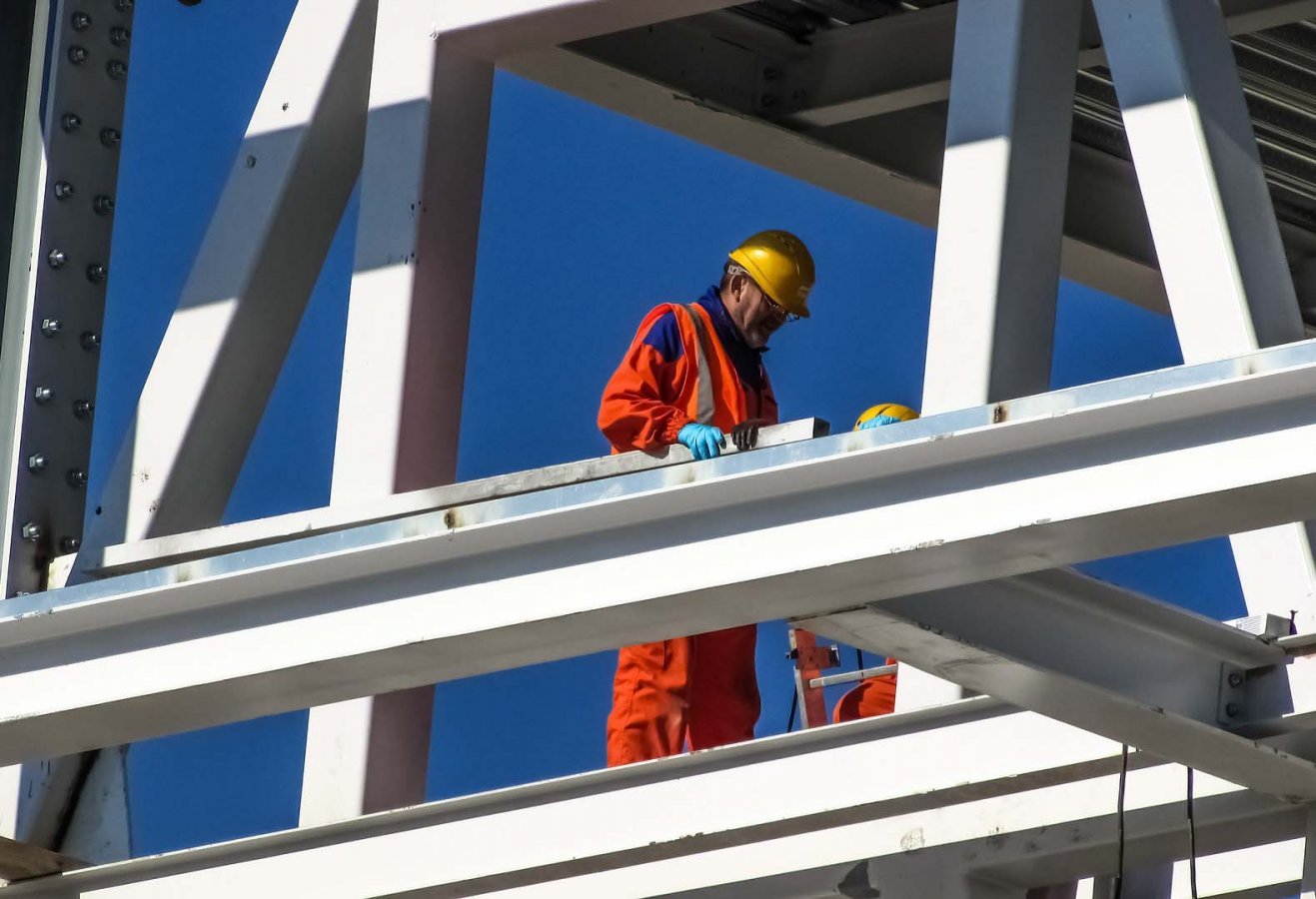Steel Construction Bridges
Steel Construction Bridges: The Pinnacle of Engineering and Durability
Steel construction bridges represent a perfect combination of innovative designs in engineering and strong building materials. With the advantages it offers in terms of durability, flexibility and aesthetics, steel bridges have taken an indispensable place in the transportation infrastructure of modern cities. In this article, the importance of steel construction bridges, their advantages, construction processes, materials used and their evaluation in terms of sustainability will be discussed.
Steel bridges are especially preferred in regions that require heavy traffic, heavy cargo transportation and resistance to harsh environmental conditions. The high strength and flexibility of steel allows these structures to resist earthquakes, wind and temperature changes. In addition, the steel material offers a wide creative freedom in bridge Deconstruction, allowing engineers to strike a balance between aesthetics and functionality.
The construction processes of steel construction bridges include detailed engineering calculations and precise production techniques. At the first stage of the project, a design plan is created taking into account the function, length, carrying capacity and environmental conditions of the bridge. In this process, computer-aided design (CAD) software and structural analysis tools help engineers determine the most appropriate building form. Modern analysis techniques used in the design of steel bridges allow the bridge to be optimized in terms of safety and durability.
During the construction phase, prefabricated steel components are usually produced in factories and assembled by transporting them to the site. This method both shortens the construction time and facilitates quality control. During the installation of steel components, techniques such as welding, bolt connections and riveting are used. The advanced equipment and cranes used in the assembly process allow large-scale bridges to be built quickly and safely. Another advantage of steel bridges is that they can be easily dismantled and moved to another location when necessary. This feature provides great flexibility, especially in temporary bridge projects.
Another outstanding feature of steel construction bridges is their durability and longevity. A properly designed and regularly maintained steel bridge can be used for centuries. In order to increase the resistance to corrosion, special coatings or galvanizing treatment are applied to the surface of the steel. In addition, new generation steel alloys that are resistant to environmental impacts are preferred in modern bridge projects.
Aesthetically, steel construction bridges offer a wide variety of designs. Steel, which can be used in different building forms such as suspension bridges, arch bridges and girder bridges, offers creative solutions both in engineering and architectural terms. In particular, in bridge projects that have become iconic city landmarks, steel contributes to the city skyline by providing an elegant and modern appearance.
It is also very important to evaluate steel bridges in terms of sustainability. Since steel is an almost completely recyclable material, it is more advantageous from an environmental point of view than other building materials. The use of recycled steel helps to reduce the carbon footprint in bridge projects. In addition, innovative production techniques and sustainable design principles are used to reduce energy consumption and minimize environmental impacts. For example, solar-powered lighting systems and environmentally friendly paints are among the elements that increase the sustainability of steel bridges. Dec.
It is observed that steel construction bridges are also widely used in different sectors such as telecommunications, railway and highway transportation. In particular, in railway bridges spanning long distances, steel material stands out both for its capacity to support heavy loads and its low maintenance requirements. On the other hand, in highway bridges, the flexibility and durability of steel exhibit superior performance against heavy traffic and heavy vehicle loads.
In countries located in the earthquake belt, such as Turkey, the seismic resistance of steel bridges provides a great advantage. Because steel is a flexible material, it has the capacity to absorb energy against seismic movements. This feature makes steel bridges a safe option in earthquake zones. In addition, aesthetic designs that adapt to the local environment and complement the natural beauties of the region come to the fore in modern bridge projects in Turkey.
The cost of steel bridges may initially be higher compared to other building materials. However, given their long-term service life, low maintenance costs and recyclability, steel bridges offer a more economically advantageous option. In addition, the use of prefabricated steel components reduces labor costs by reducing construction time and allows projects to be completed faster.
As a result, steel construction bridges offer an excellent solution in modern engineering, where durability, flexibility and aesthetics come together Decently. These structures play an important role in the bridge projects of the future not only with their functionality, but also with their environmental sustainability and aesthetic values. Steel bridges have created a revolutionary change in the transportation infrastructure of cities from the past to the present and will continue to develop with even more advanced technology and design concepts in the future.

